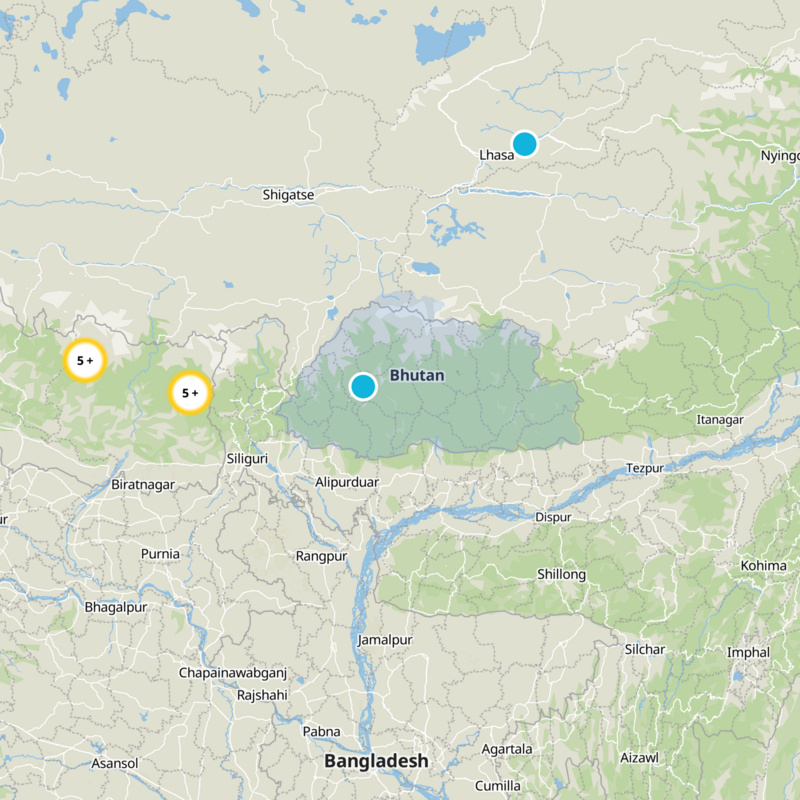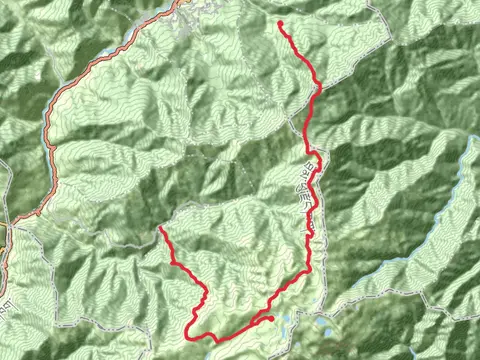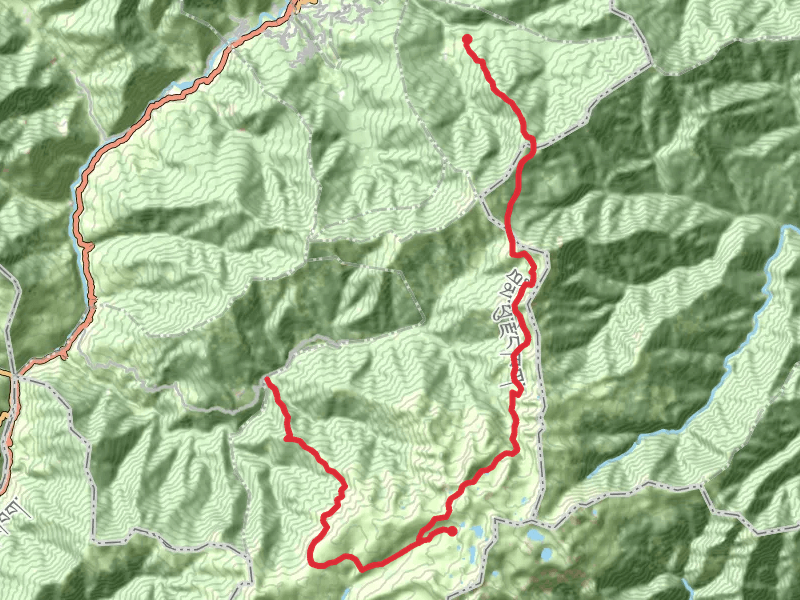"Explore Bhutan's enchanting trails, revealing spiritual beauty, lush valleys, and hidden cliffside monasteries."
Embark on a mystical journey through Bhutan, where every trail unveils the kingdom's enchanting beauty and spiritual essence. Traverse the lush valleys and ascend the majestic peaks of the Himalayas, where prayer flags flutter in the crisp mountain breeze. Discover hidden monasteries perched on cliffs, like the iconic Tiger's Nest, and immerse yourself in the vibrant tapestry of Bhutanese culture. Each step offers breathtaking vistas and a profound connection to nature, inspiring awe and tranquility.
Most popular hikes
FAQs about hiking in Bhutan









